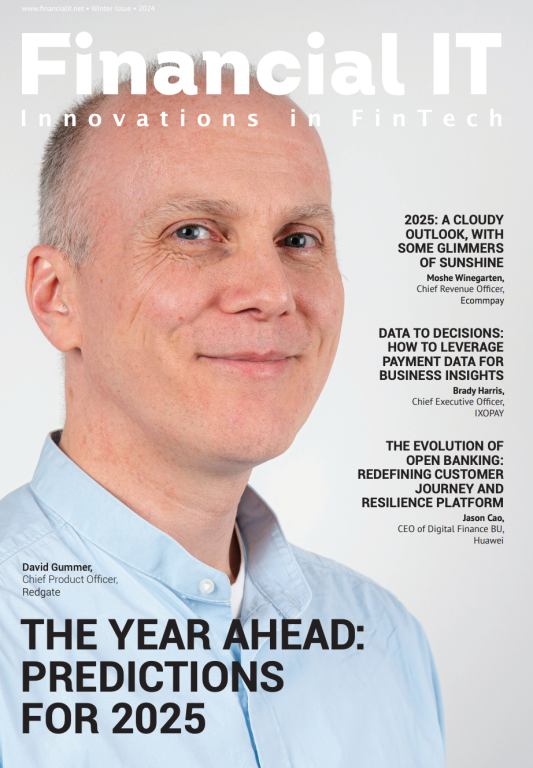Why Leaders Should Choose Digital Optimisation, Not Transformation

- Colin Dean, Director of digital transformation at Hyland
- 19.06.2019 01:15 pm Digital Optimisation , Colin Dean is director of digital transformation (financial services and insurance) with Hyland.
The technological revolution in finance means that, rather than being a once in a decade step-change, digital upgrading has become a decade-long process - perhaps even a never-ending one. Because organisations cannot exist in a constant change of flux, finance leaders must take a different approach to staying up to date.
Digital optimisation, as opposed to transformation, ensures companies can stay up to date while maximising the value and benefits of technology.
Advances in consumer technology, and related changes to behaviour and preferences, are driving change across every sector of commerce. But for finance, the need to adapt is doubly pressing as the fintech revolution gathers pace and upturns processes as well as services.
Many of these latest innovations do not require a change in leadership style, ethos or corporate spirit. Indeed, many financial institutions will want to ensure the stability of brands and styles they have diligently developed. How then, can organisations keep up with the latest fintech-driven competitor, if they are not transforming themselves?
Digital optimisation involves ensuring an organisation is always prepared for change, without being driven by it.
The optimised company should be able to harness new technologies without overhauling its entire way of working;
It will maximise the value and savings available from existing IT infrastructure and investments, rather than replacing them. Free to develop technology and uses in an entrepreneurial manner, this strategy empowers organisations to address the digitisation deficits at the heart of their own operations.
Many banks, for example, have transformed themselves from a paper and branch-based savings and mortgage provider into multi-platform, consumer-oriented providers of tailored financial services. That was a step change, albeit one that may have been years in the making. Now, they need to be able to keep their investment in technology viable in a changing world, while maintaining the brands and service standards that they worked so hard to instil in their staff.
In order to optimise a digital infrastructure, leaders should start by evaluating their current processes for potential improvements at ground level. What can be done better? Where are minutes and hours being wasted? Which tasks can be automated? What functions can be brought onto a single platform?
The advent of intelligent capture technology means that even legacy systems that are not fully digitised can now be brought into a central system, which auto-fills forms for both staff and external users, such as brokers and clients. This is not an organisational transformation: but it will ultimately enable further changes because a fully digitised dataset is far more flexible than one still relying on paper or outmoded IT formats.
Similarly, the digital data that a bank or insurer holds must be available and usable to all departments: it must be securely and responsibly held centrally, not hidden but vulnerable in forgotten departmental ‘silos’. A company that can access its data and can easily feed the information into new formats as they are introduced: this means it will be able to keep up with emerging consumer trends by adding an app, rather than making radical changes to its working model.
Piecemeal IT investments and regular digital transformation drives have left many companies in the finance sector with disjointed shadow systems. But to optimise these core systems, you don’t have to transform your entire institution in one go. Begin with the end in mind by capturing the information you need as a manager to make more-informed decisions, stay ahead of regulations and provide better service. Pick the low hanging fruit first: what can easily be upgraded, and where is most time being wasted on old-fashioned manual work?
Sometimes, the pace of change means firms need to implement technology piecemeal as a reaction to growing business pain points: trying to overlay a strategy will only cause more dreaded information silos and the inability for systems to communicate – making it hard for employees to find information and difficult for customers to remain loyal.
That’s the key to digital optimisation: Allowing people, processes and technology to function together seamlessly for the benefit of your customers - using whatever technology and format circumstances and preferences dictate. Digital optimisation is all about readiness to embrace a digital transformation, but only when your organisation is ready.
If what you are trying to achieve is genuinely disruptive to your business model and to your industry - if you are re-targeting your efforts into completely new markets and new revenue streams - then digital transformation is for you. If not, optimisation is safer, more sustainable and offers a better return on investment.





















